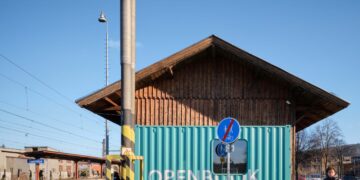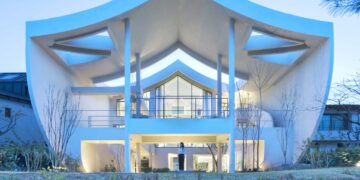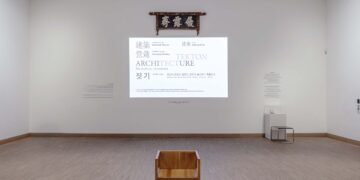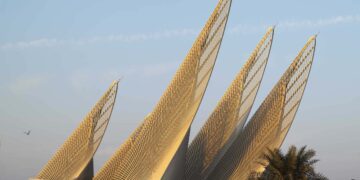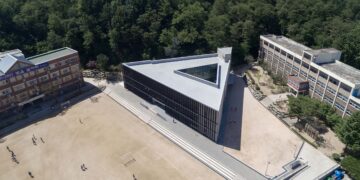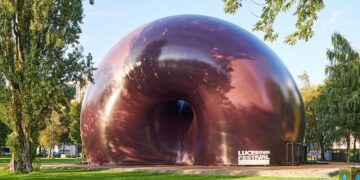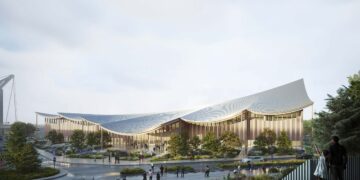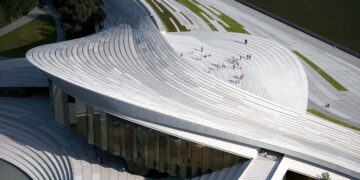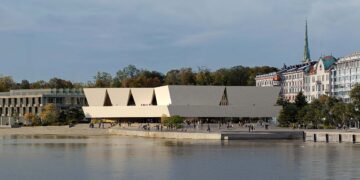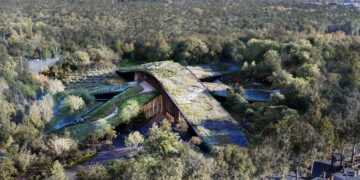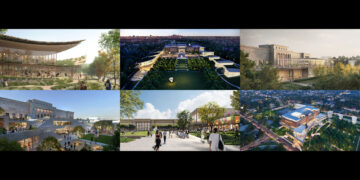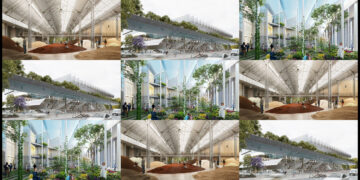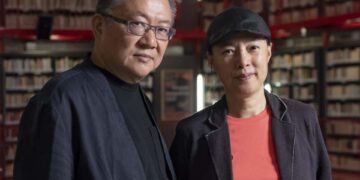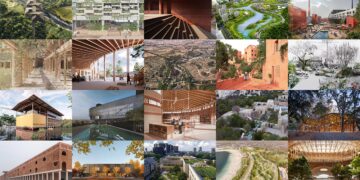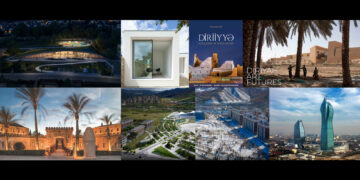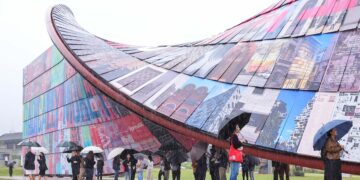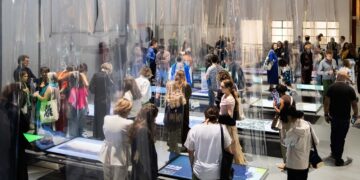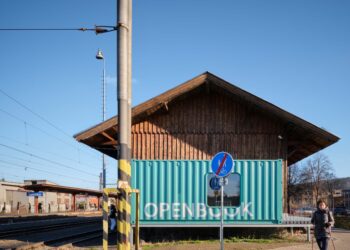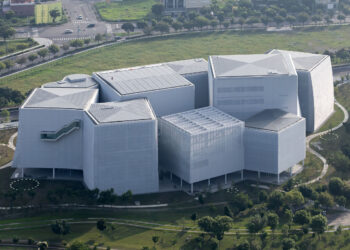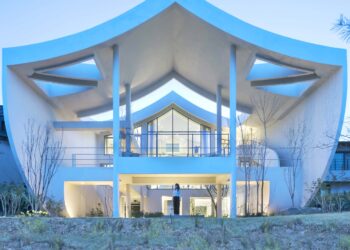
The Holcim Foundation for Sustainable Construction has announced the winners of the 2025 Holcim Awards, recognizing innovative sustainable design projects worldwide. The final winners include five Grand Prize projects, representing the Asia Pacific, Europe, Latin America, Middle East & Africa, and North America regions. In addition, fifteen regional awardees were selected, with a total prize pool of USD 1 million.
In the Asia Pacific region, the Grand Prize went to Old Dhaka Central Jail Conservation (Bangladesh) by FORM.3 Architects; in Europe, Art-Tek Tulltorja (Kosovo) by RAFI SEGAL A+U, Office of Urban Drafters, ORG Permanent Modernity, and Studio REV; in Latin America, Schools for Flood-Prone Areas (Brazil) by Andrade Morettin Arquitetos Associados and Sauermartins; in the Middle East & Africa, Qalandiya: The Green Historic Maze (Palestinian Territories) by RIWAQ – Centre for Architectural Conservation; and in North America, Moakley Park (USA) by Stoss Landscape Urbanism.
These Grand Prize projects were recognized for achieving the goals of Uplifting Places, Healthy Planet, Thriving Communities, and Viable Economics. They provide solutions that work with communities and ecosystems, offering visions from high-tech material circularity to vernacular restoration for resilient and inclusive construction.
The Old Dhaka Central Jail project in Bangladesh preserved and reused the historic structure, adding traditional materials, decorative elements, courtyards, rooftop terraces, and green spaces to create a community-focused public realm. The transformation of a dense urban correctional facility into a space where residents can enjoy city life is cited as a positive example of urban regeneration.
In Kosovo, an abandoned brick factory in the city center was converted into a cultural and community hub for artists, young people, and entrepreneurs, creating revenue-generating spaces while fostering urban renewal and social recovery in a post-conflict context.
In Porto Alegre, Brazil, a school was built on a flood-prone site to work with natural water flow rather than against it. Classrooms, laboratories, and a library are positioned safely on higher levels, while the open ground floor functions as sports and play space during dry periods and allows floodwaters to pass safely during heavy rain. This approach provides a practical and resilient social architecture model adapted to climate realities.
In Qalandiya, Palestinian Territories, historical architecture and structures were gradually restored, and spaces are leased to cultural organizations, artists, and social service groups. Sustainable water management strategies, native planting, and green spaces restore biodiversity and enhance residents’ connection to nature at the village center.
Moakley Park in Boston, Massachusetts, exemplifies climate-resilient design. Coastal barriers and restored wetlands mitigate sea-level rise, storm surges, and flooding. Excavation was minimized to preserve existing soil, reducing long-term maintenance and carbon emissions. Over 500 trees and diverse native plantings restore habitats and reduce urban heat island effects. Public spaces, including walking and biking paths, sports facilities, and waterfront access, are designed for multiple community users.
1. Asia Pacific
Grand Prize Winner
Old Dhaka Central Jail Conservation / FORM.3 architects

Regional Winner
Gelephu Mindfulness City / BIG

Regional Winner
Healing Through Design / The Agami Project / A Threshold

Regional Winner
Pingshan River Blueway Landscape / Sasaki Associates, Inc.
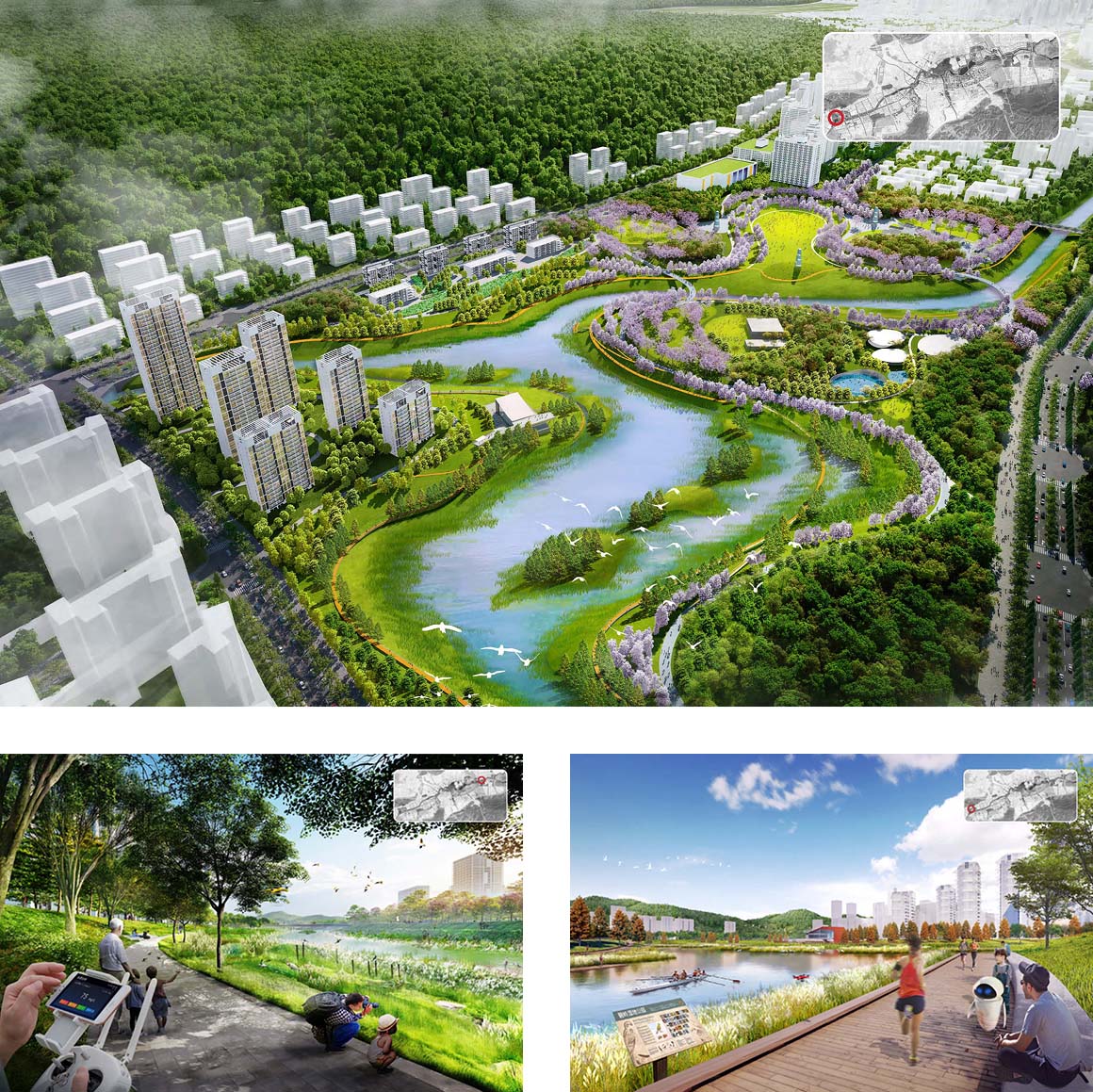
2. Europe
Grand Prize Winner
Art-Tek Tulltorja / Rafi Segal A+U, Office of Urban Drafters, ORG Permanent Modernity, Studio Rev

Regional Winner
School in Gaüses / TEd’A Arquitectes

Regional Winner
The Crafts College / Dorte Mandrup
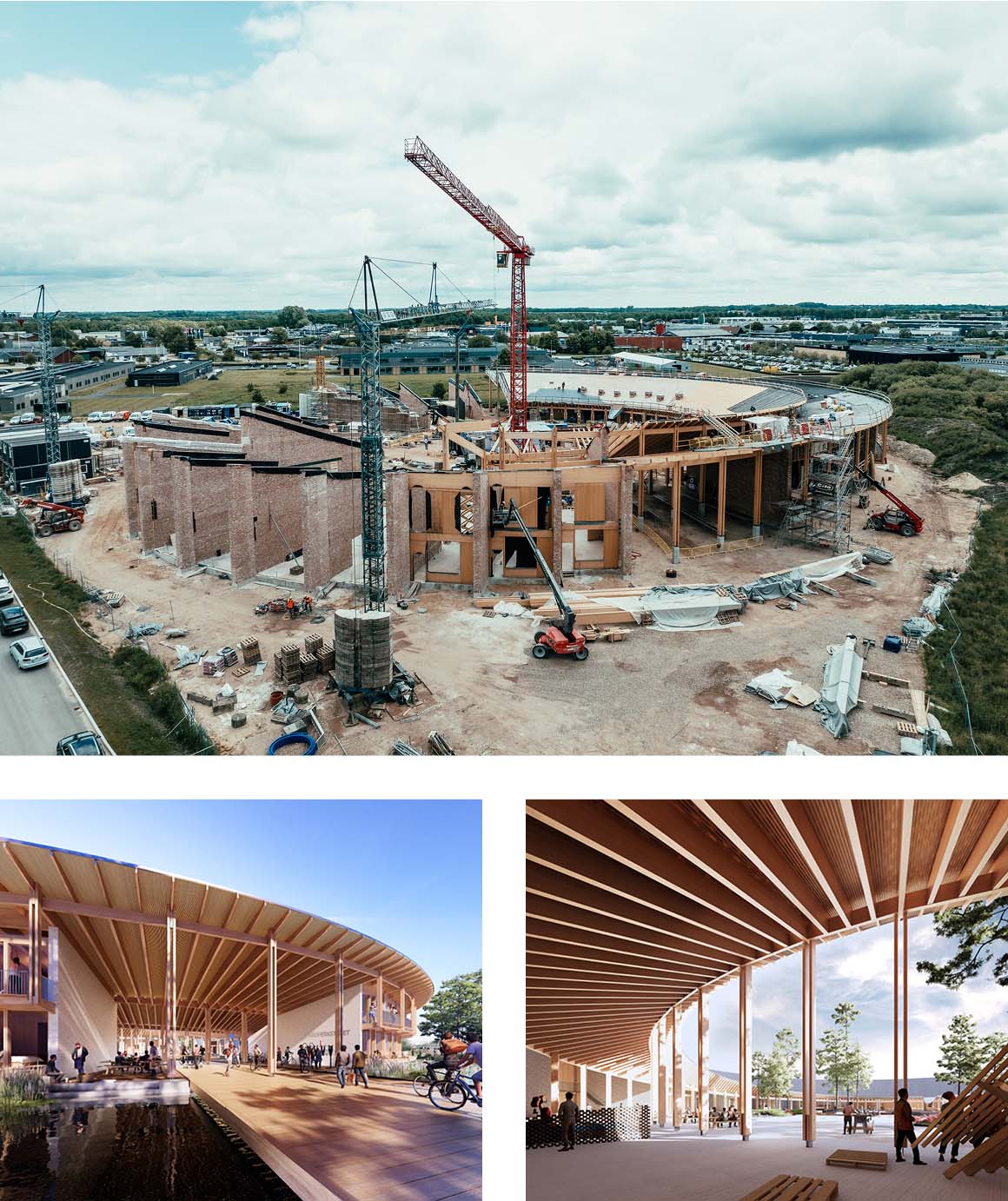
Regional Winner
The Southern River Parks / aldayjover architecture and landscape
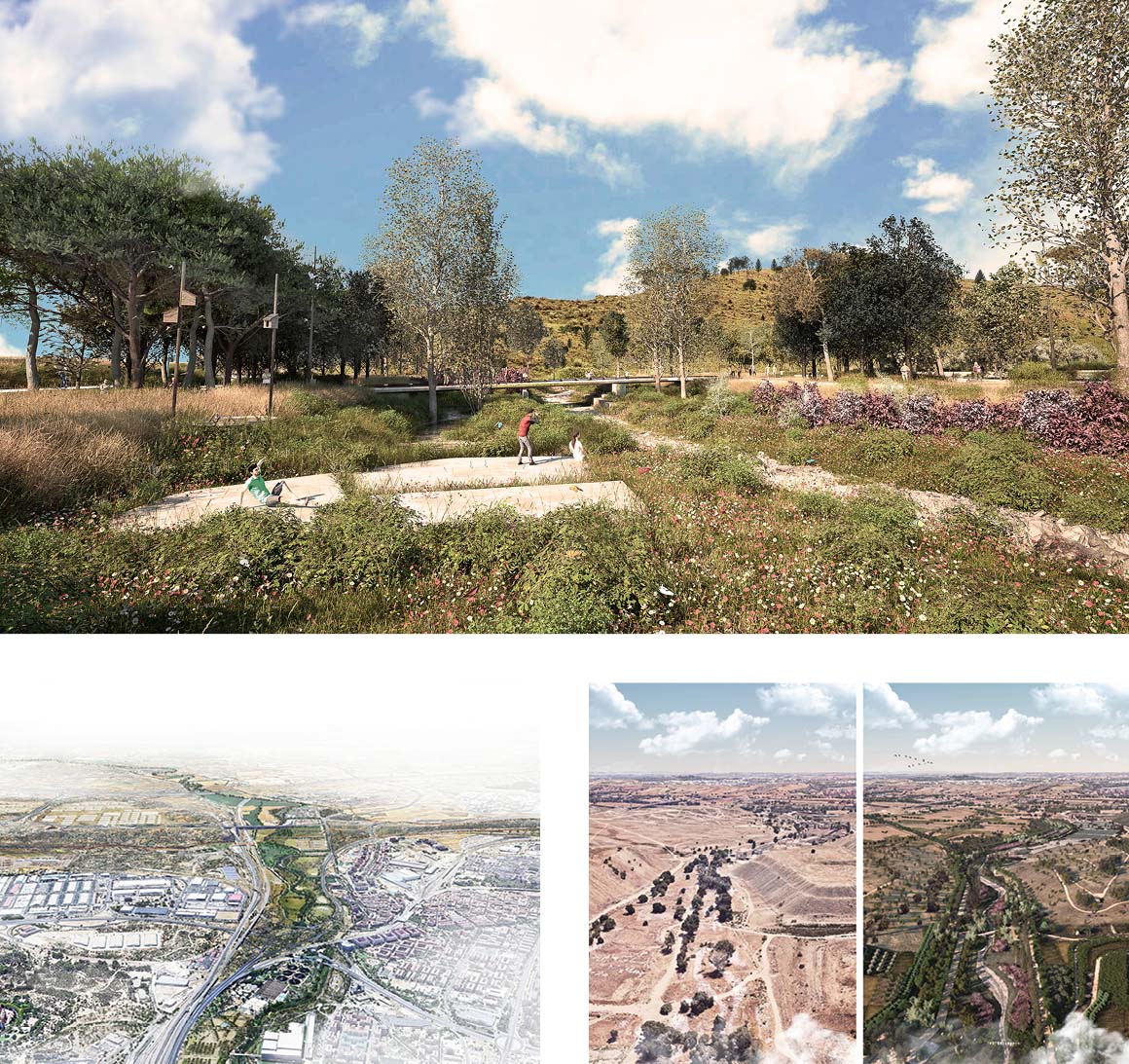
3. Latin America
Grand Prize Winner
Schools for Flood-Prone Areas / Andrade Morettin Arquitetos Associados, sauermartins
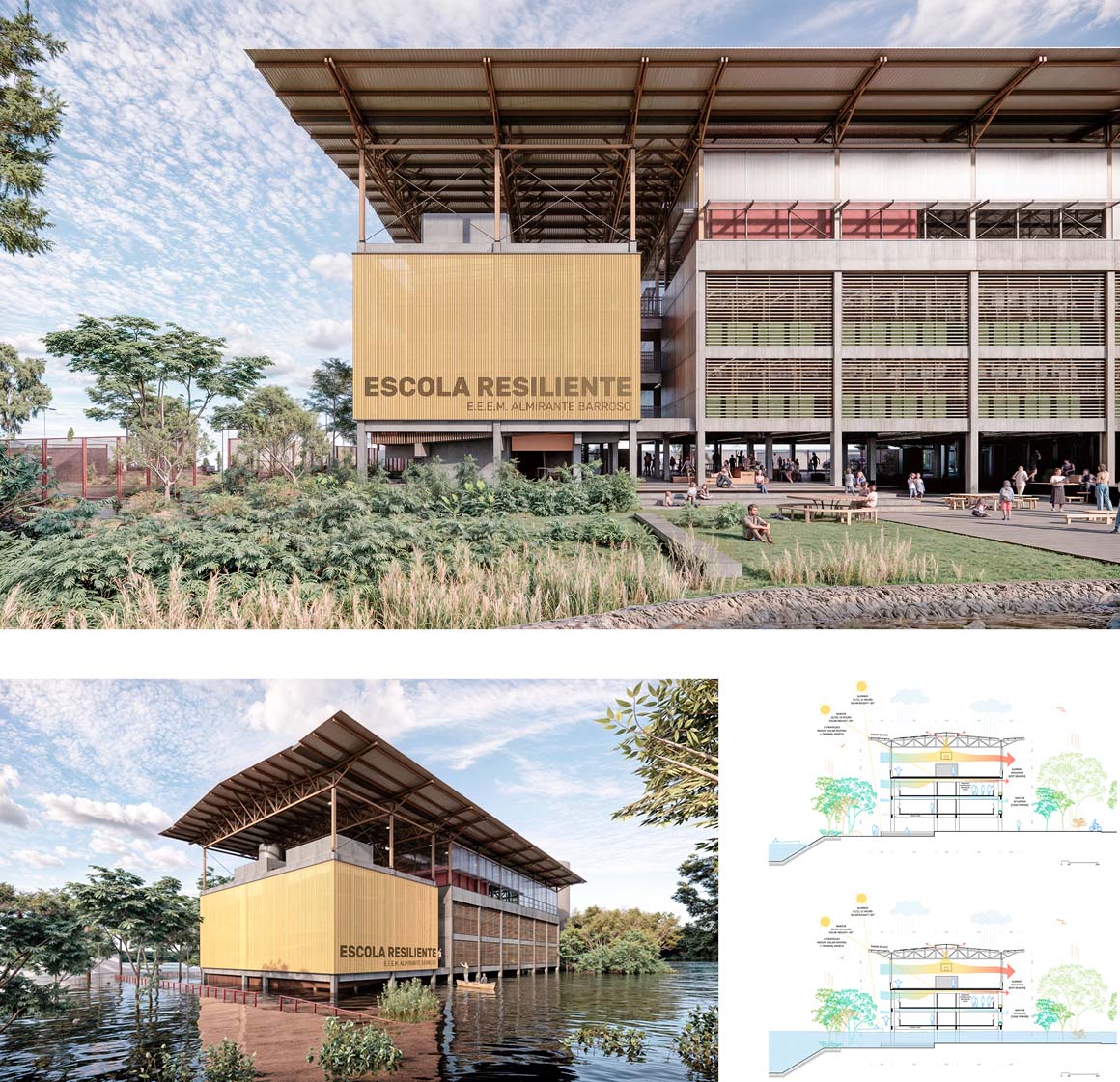
Regional Winner
Barrio Chacarita Alta Housing / MOS Architects & Adamo Faiden

Regional Winner
Return of the Lost Gardens / Connatural
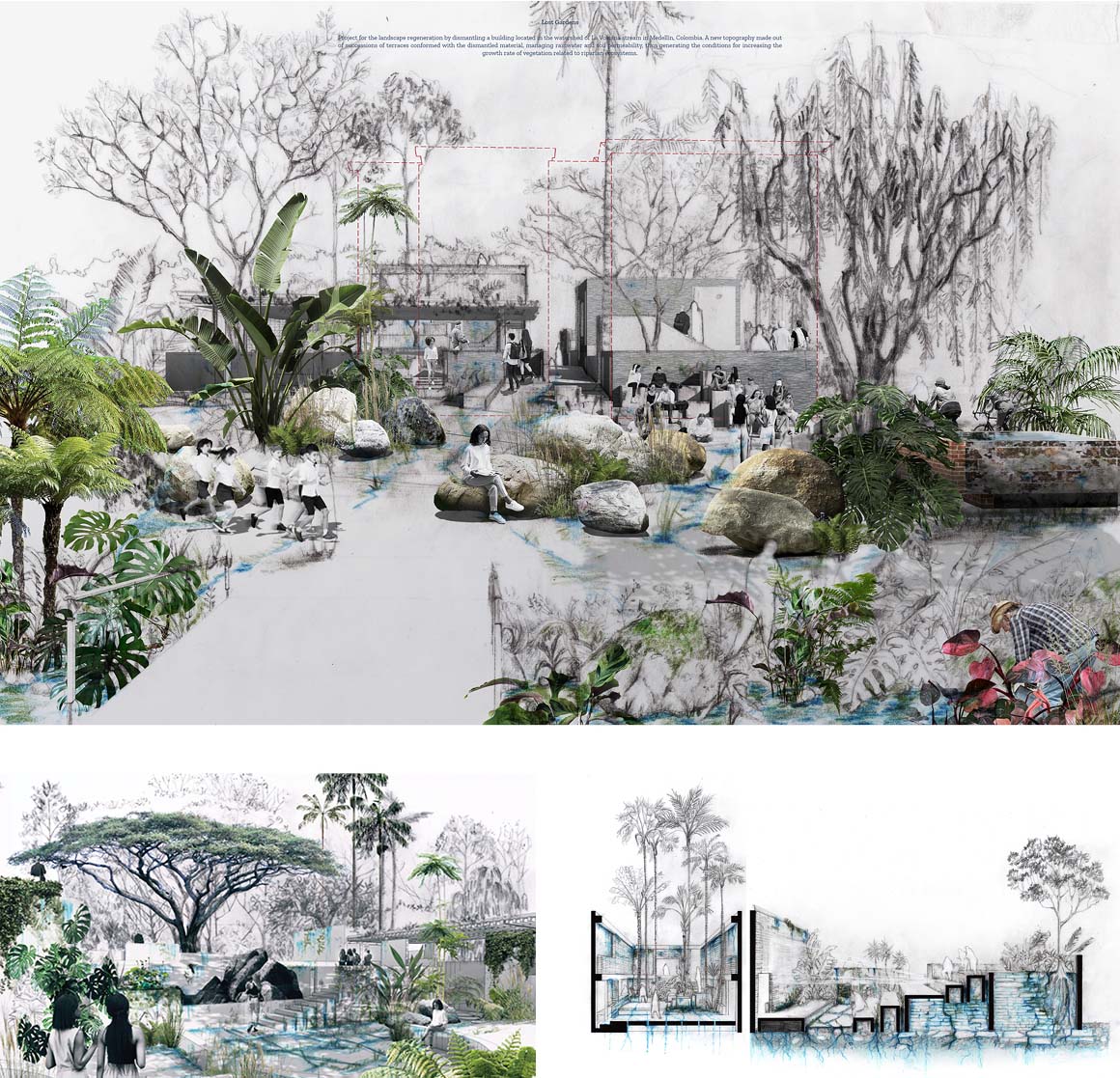
Regional Winner
Sesc Parque Dom Pedro II / Una Arquitetos
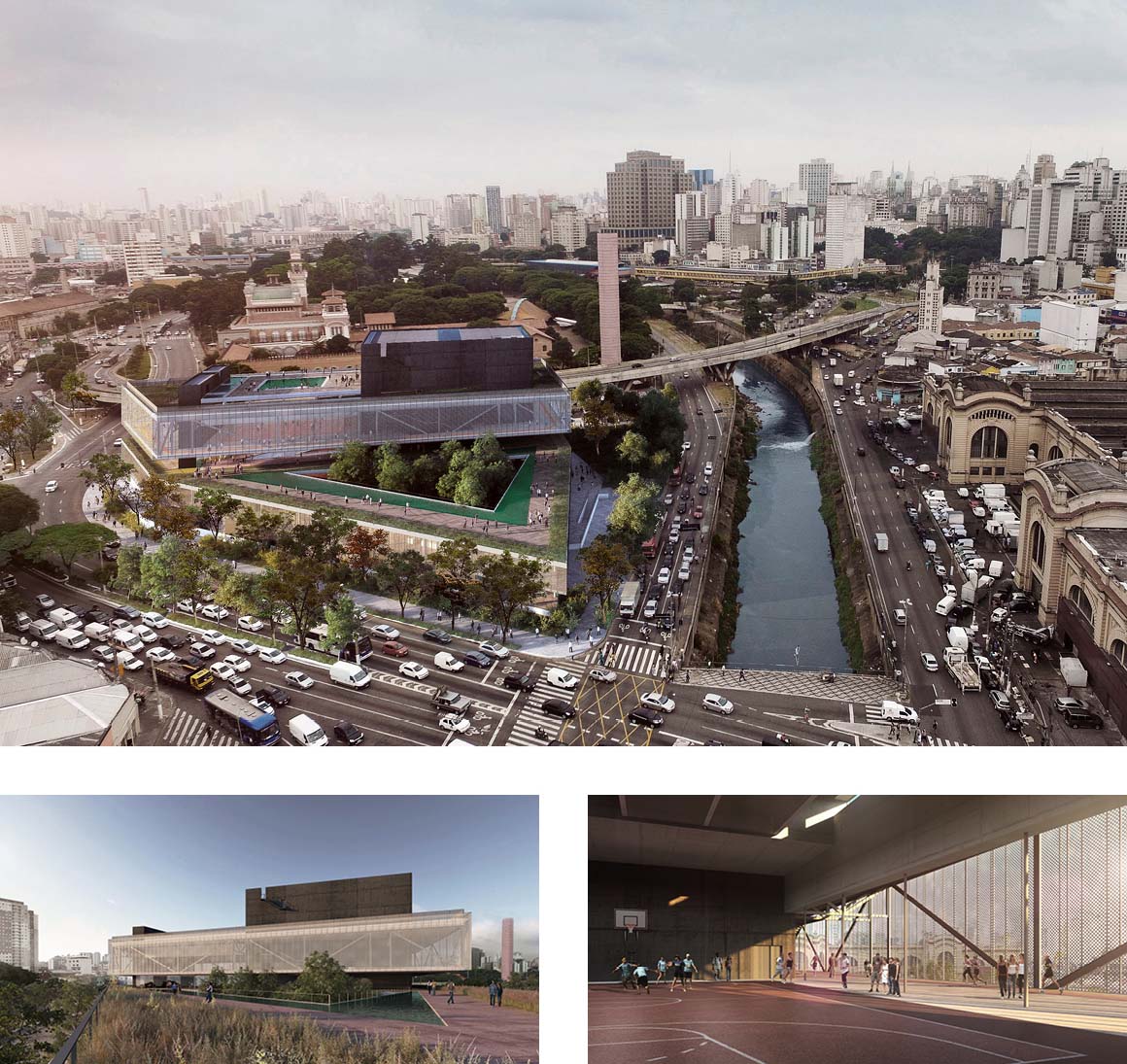
4. Middle East & Africa
Grand Prize Winner
Qalandiya: The Green Historic Maze / RIWAQ – Centre for Architectural Conservation

Regional Winner
Brookside Secondary School / Studio Contra
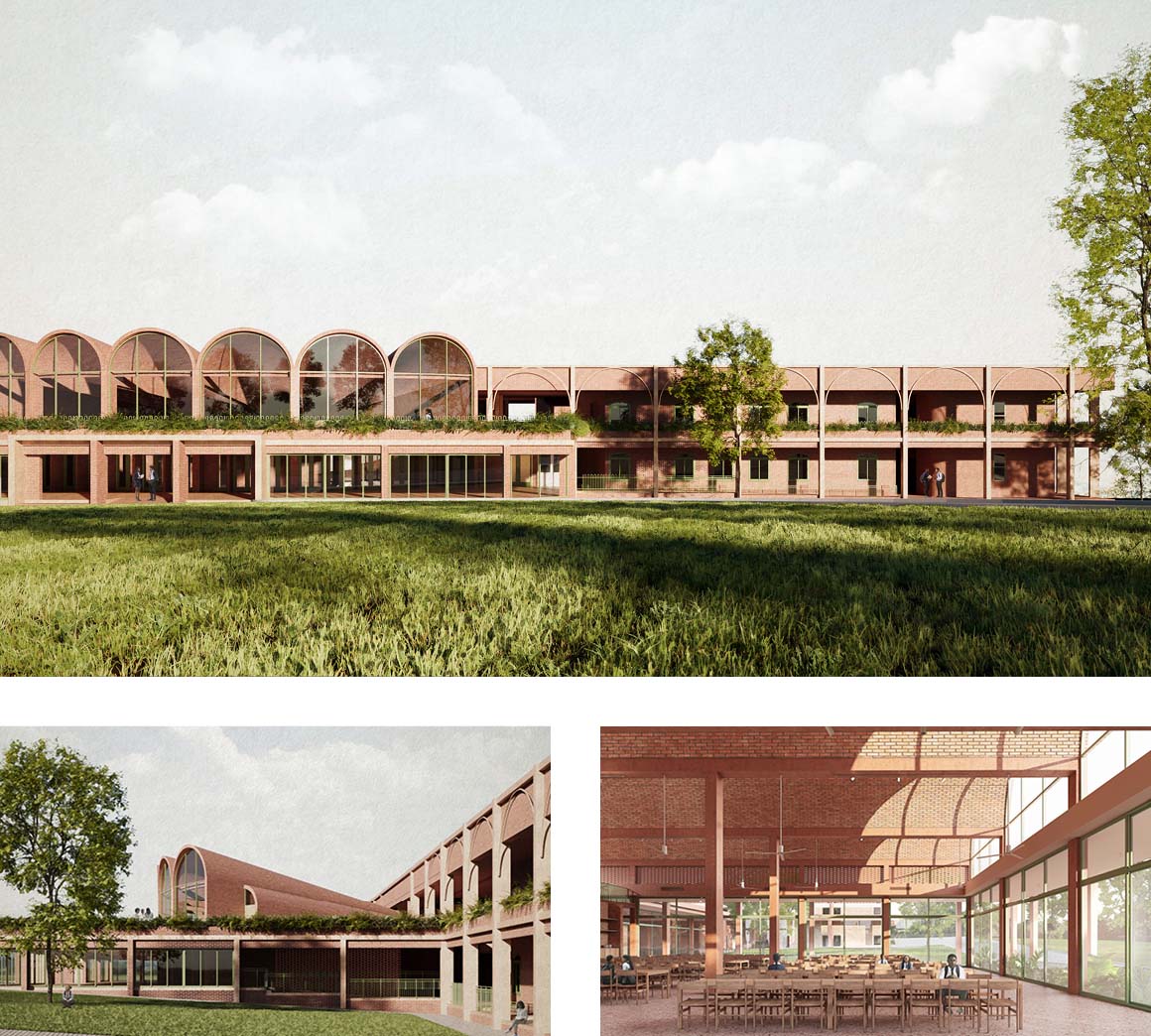
Regional Winner
Waldorf School / Urko Sánchez Architects

Regional Winner
Zando Central Market / THINK TANK architecture
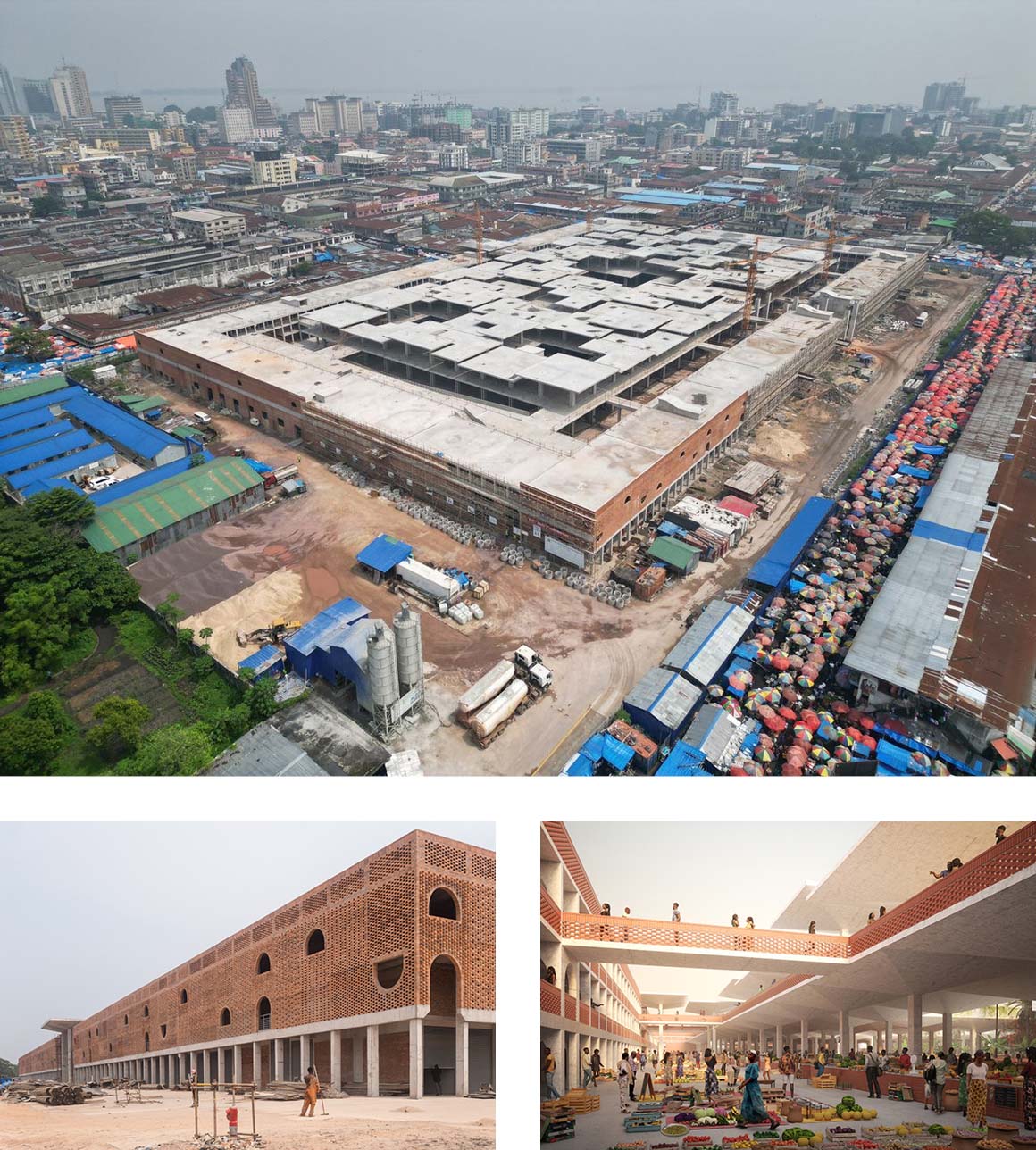
5. North America
Grand Prize Winner
Moakley Park / Stoss Landscape Urbanism

Regional Winner
Buffalo Crossing Visitor Centre / Stantec Architecture

Regional Winner
Lawson Centre for Sustainability / Mecanoo Architecten
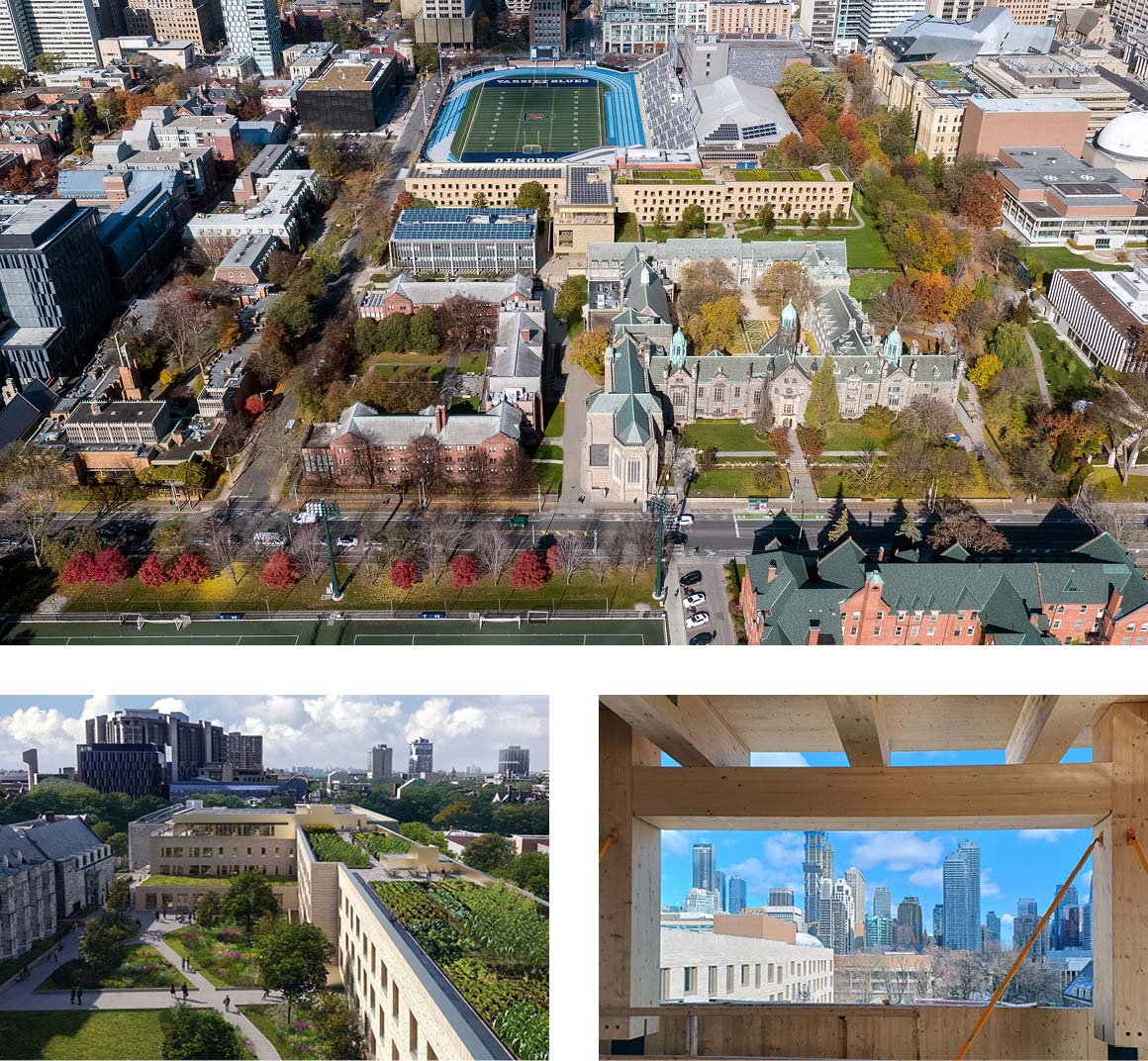
Regional Winner
Portland Intl. Main Terminal / ZGF



The jury for the 2025 cycle included Sou Fujimoto (Asia Pacific), Kjetil Trædal Thorsen (Europe), Sandra Barclay (Latin America), Lina Ghotmeh (Middle East & Africa), and Jeanne Gang (North America). “This year’s Grand Prize winners turn constraint into capability,” explained Laura Viscovich, Executive Director of the Holcim Foundation, who hosted the event. “They reuse, regenerate, and invite people in, showcasing resourceful design solutions that city planners and local communities alike can adopt for a better tomorrow.”
The Holcim Foundation for Sustainable Construction is an independent non-profit organization supporting individuals who drive change in sustainable construction. Beyond its flagship Awards program, the Foundation collaborates with academics and industry experts to create educational opportunities and organize events that facilitate the exchange of ideas and best practices. The Holcim Awards highlight sustainable architecture’s role in resilience, local context, and harmony with communities and ecosystems, promoting projects that move from innovative ideas to realized solutions that improve both society and the planet.

